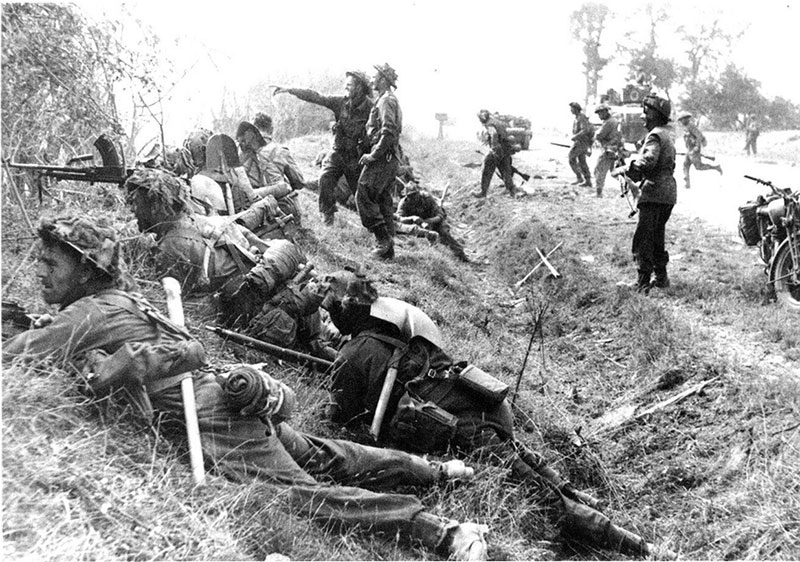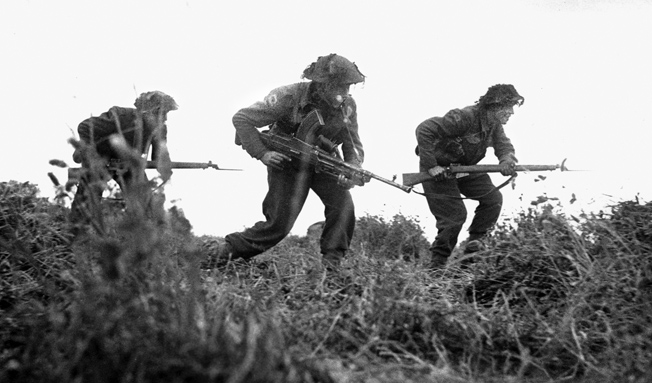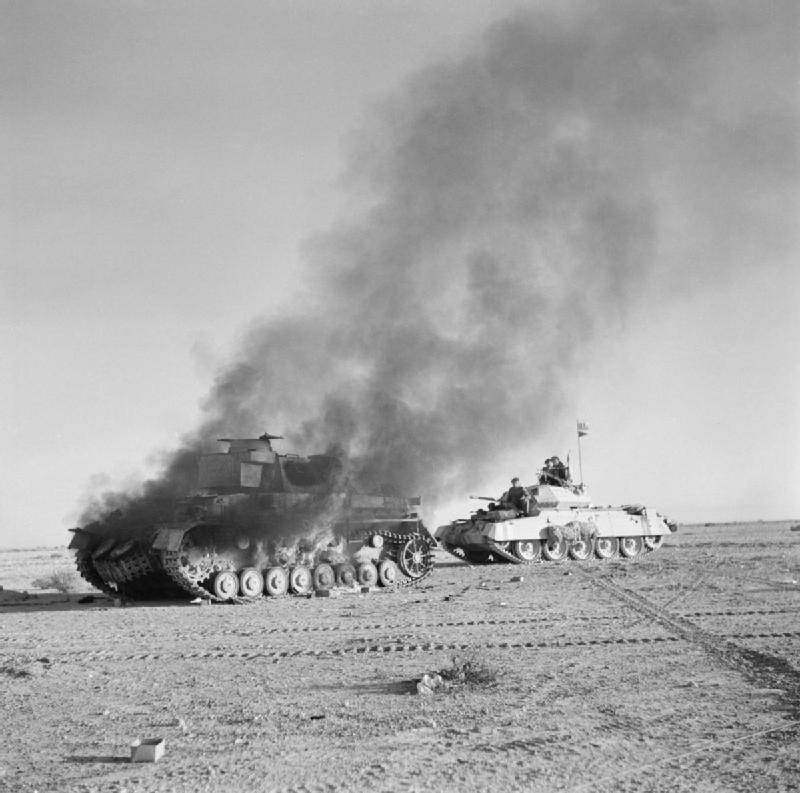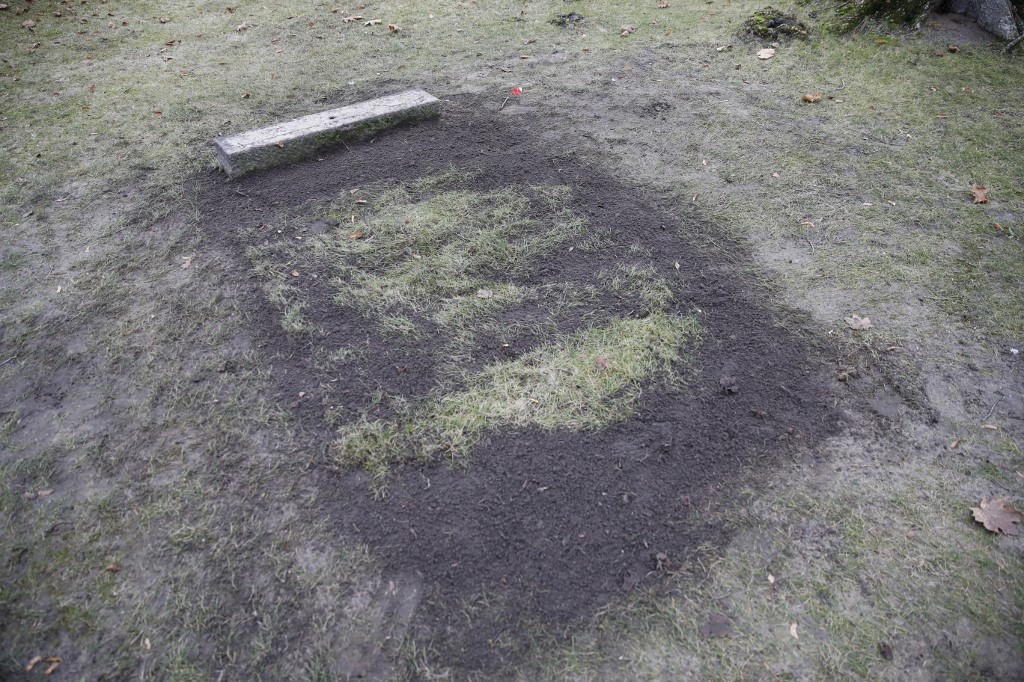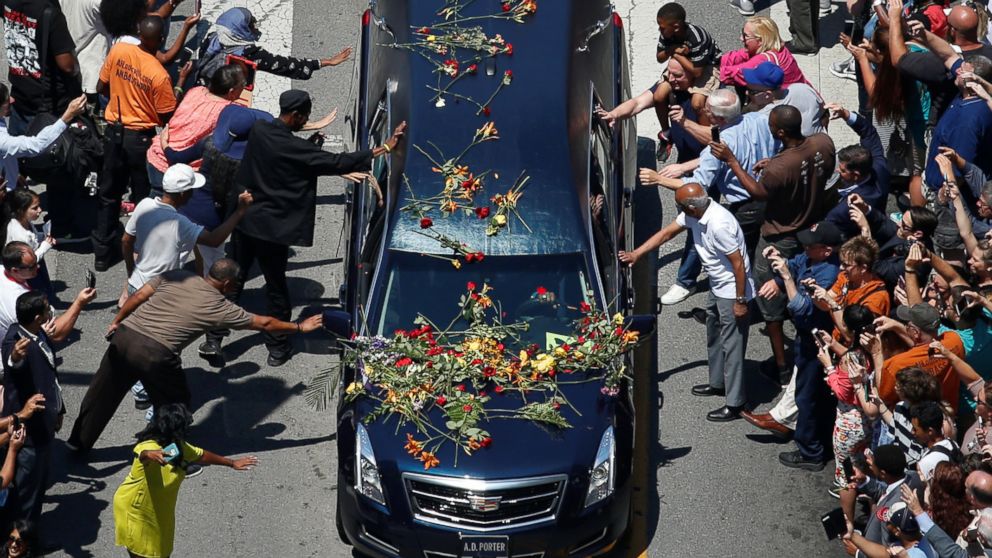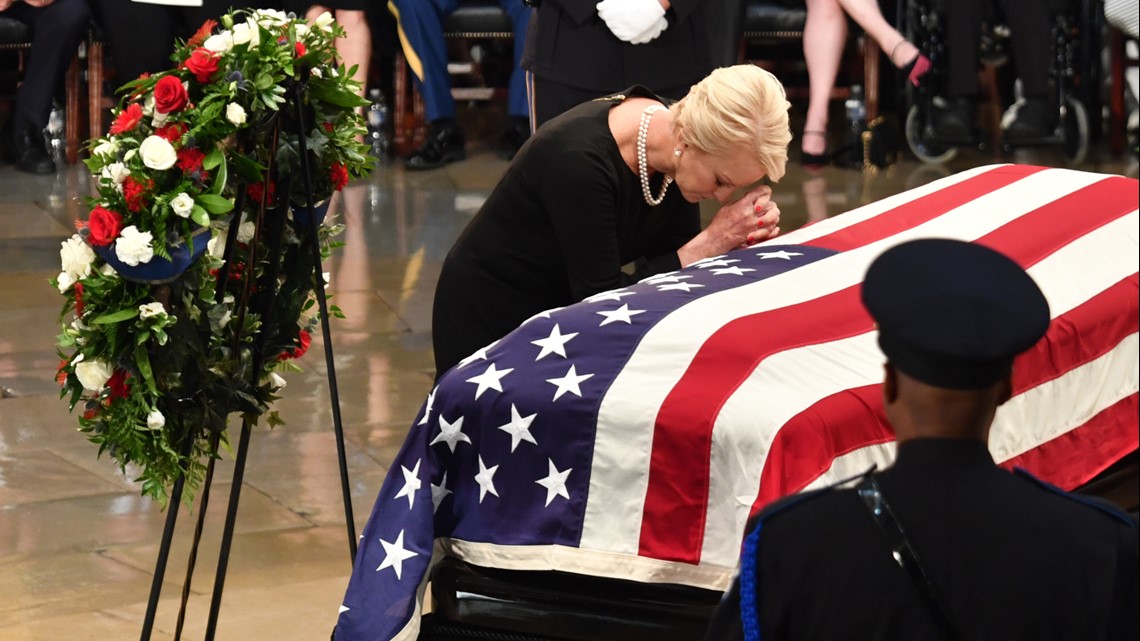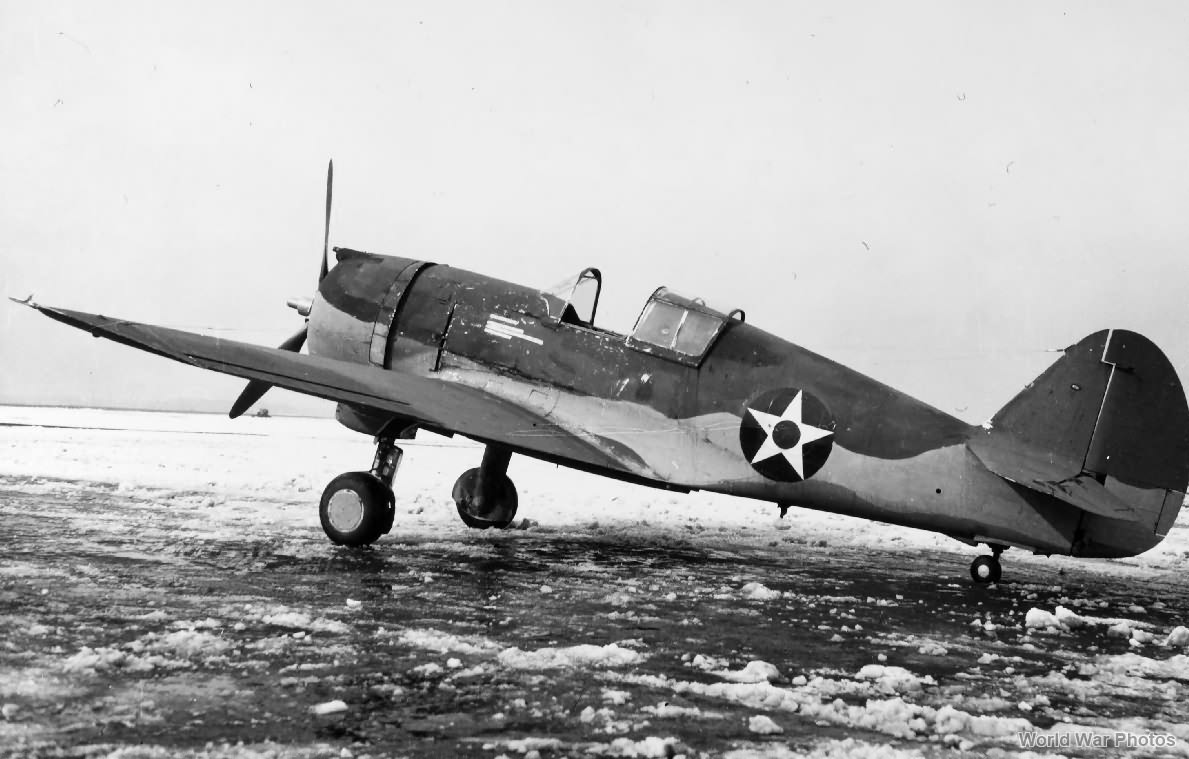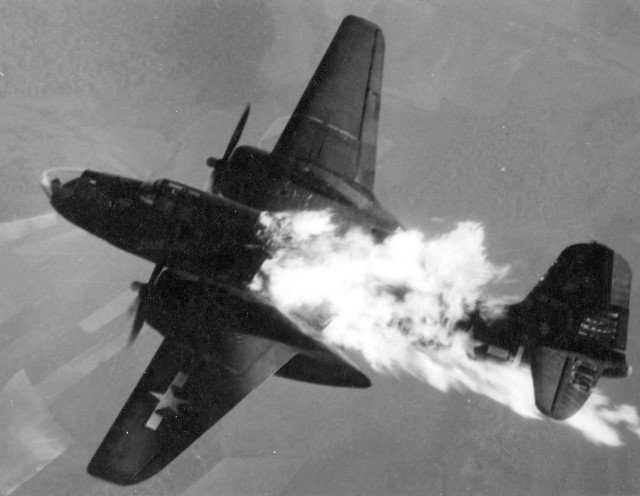The Man with an Iron Heart - The True Story of Richard Paulson
A photograph of Group Leader Richard Paulson in Richmond, circa 1940.
Richard Tristan Edward Paulson was born on March 7, 1903 in Richmond and was raised in a cultured, musical environment. His father was a rather talented and well known opera singer and his mother was pianist. As such, a young Richard would have rigorous training on the violin, thus gaining skill and a lifelong passion for the instrument. He would grow up in a elegant and conservative home with his family enjoying an elevated social status. However at school, Richard would be heavily picked on by schoolyard bullies for being a Catholic in a mostly Protestant Confederacy and also for his high pitched voice. At school, Richard would take in serious interest in both academics and in sports, which he excelled greatly in both and would even become an award winning fencer.
Richard Paulson with his younger brother named Henry.
Prior to the First Great War and the Negro Rebellions, the Paulson Family (especially Richard), all had sympathetic view for the African-Confederate community. However it all changed when their servant named Agamemnon would proclaim himself a part of the revolution and would take part in a clash with local authorities (which one of the casualties in this was one of Richard's few friends named Gerald Hammond.) This would give Richard a less sympathetic view for the Blacks of the Confederacy. Following the defeat of the Confederacy in the First Great War, Paulson much like millions of his fellow countrymen, would feel that their country has been let down by the Confederate Aristocracy. In 1919, Paulson would join the Radical Liberal Party and at the same time for join an orchestral band that played in all of the CSA's major cities which played classical music. It was in this band is where he met a fellow violinist named Elsie Claythorne and throughout the late 1920s would developed a close sexual relation with her, and in 1928, would be married to her.
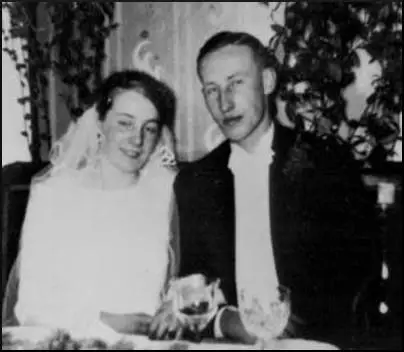
A wedding photo of Richard and Elsie Paulson, circa 1928.
Richard reading the Radical Liberal's weekly publication at his Richmond Home, circa 1927.
With the 1929 Stock Crash and the subsequent Depression which had took the Confederate Economy Down, the Paulsons would lose their jobs. In 1930 his wife, Elsie, whom was a Freedom Party Member, had convinced her husband, Richard, to join the Freedom Party. Shortly after joining, Paulson would then join Featherston's Personal Bodyguard which was known as the Freedom Party Guards. During an interview with Ferdinand Koenig, he (Koenig) would pose Paulson a task to form the organization's future security organization. Impressed by his willingness to take on tough challenges, good looks, and his self confidence, Koenig gave Paulson the job. Following Featherson's victory in the 1933 Elections and his Inauguration, the Freedom Party Guards would form the Security Department, which took up the job of both weeding out Socialists, Whigs, and Trade Unionists from the CSA, but also develop a vast intelligence network which was to "Help Rid the Confederacy of Potential Enemies." From there, the Party's own Secret Police organization known as the Bureau of Internal Security would hunt down those "enemies" and deal with them. In 1934, Paulson with the help of Koenig and the Freedom Party Guards would open the first Concentration which was known as Camp La Pasta in Chihuahua, which had interned the various Political Dissidents of the CSA. In 1937, Paulson would obtain information via his Security Department about the Dictatorial Governor Huey Long and had suggested to President Featherston, "I must say Mr. President, that this cesspool of socialism in Louisiana should and must be stamped out of this Confederacy." In the planning stages of the invasion, Paulson would provide the strength and were-abouts of the Longist Militia and Louisiana State Police, thus simplifying the Freedomite Invasion. The Security Department under Paulson would also warn Featherston about the plans by Willy Knight for a coup against him, which Featherston and Freedom Party Guards would use to clamp down on Knight's Stalwarts.

Elsie and Richard Paulson with their children Carol and Maximilian, circa 1938. Richard Paulson would have a total of 5 children with Elise, they would be Maximilian Francis (1936-1995), Carol Marie (1937-), Robert Paul (1939-1964), Edward William (1939-2002), and Margret Mavis (1941-2009).
Aside from the meddling by the Security Department inside the CSA, Paulson's organization would also play a big role in getting both Houston and Kentucky back into the CSA from the Union by swinging public opinion within those states into supporting rejoining the Confederacy. Paulson and Security Department would also plot and execute a false flag operation codenamed Operation Featherston which involved Freedom Party Guardsmen disguised as Union soldiers attacking a Confederate Army outpost and a radio station along the frontier with Ohio and Kentucky to serve an excuse for the Confederates to Invade the United States. Richard Paulson would play a major role with the planning and execution of the Population Reduction of the African-Confederate Population by arranging and establishing Camp Determination as the Main Death Camp and as well as appointing Jefferson Plinkard as Camp Commander of Determination. Paulson would also play an instrumental role in creating a vast transportation network to Determination and as well as establishing smaller camps to serve as transit camps to the main Death Camp. Paulson would also create the so-called "Kill Groups," which were Freedom Party Guards units that were go and round Blacks from the Ghettos and either load them onto trains or to march them out to mass graves and kill them.
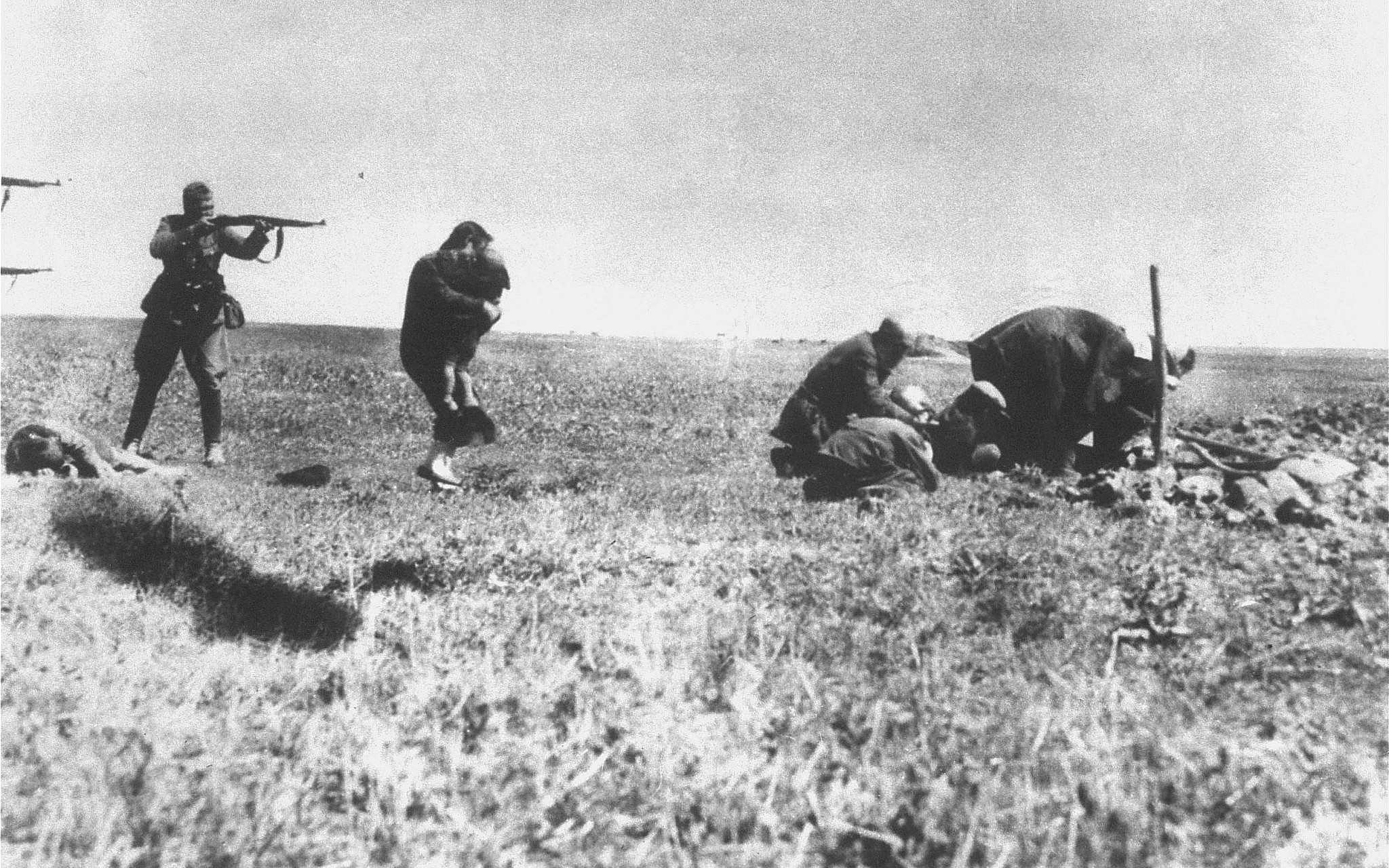
A Freedom Party Guards Kill Squad executing a Black Family near Abilene Texas, circa 1941.
Richard Paulson wearing a Greatcoat photographed leaving the Greyhouse, circa Winter of 1941.
In December of 1941, Ferdinand Koenig and Jake Featherston had decided to assign Richard Paulson to be the Military Governor of the Occupied Territory of Ohio for the purpose of in the words of the Snake.
"To Keep those damned Yankees in Ohio in line while we are in Control over there.."
During his time there, Paulson had proved to be a ruthless ruler over the Ohioan People, which included detaining and sending the small African-Yankee Population to their deaths at Camp Determination, establishing a Concentration Camp named after him which was house captured Partisans, Socialists, and others that the Confederate Authority deemed troublesome, so much so, the locals had nicknamed him "The Butcher of Dayton" as well as the less commonly used, "Richard the Terrible." His rule would be cut short when on May 27th, 1942, some Union Commandos launched an assassination attempt on him which ended up with a Commando named Jan Kubis throwing a bomb onto his car which severely wounded him and killed his driver. Days later, Richard Paulson at the age of 39 would die from his wounds that he sustained. Shortly after, the local Confederate forces launched a merciless manhunt for his killers which resulted in two Ohio town being razed to the ground and the assailants and the Partisans who sheltered them killed in a fierce firefight. Paulson would be taken back to Richmond and given a state funeral and was buried there, which his grave was forgotten after the war until being rediscovered by construction workers in Richmond in 2018.
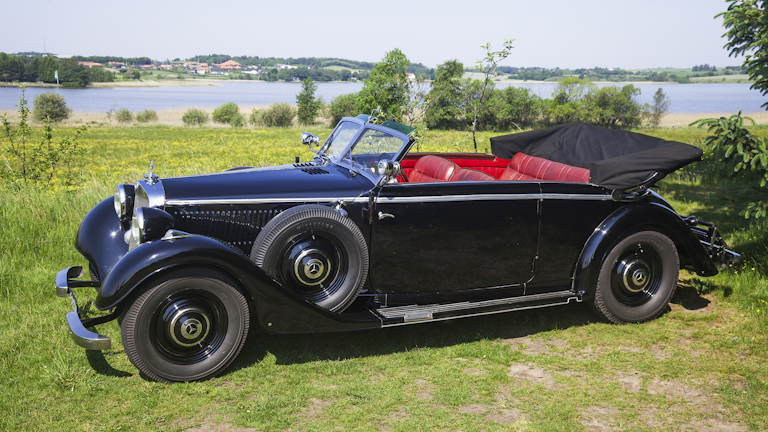
Paulson's Schofield S-810 Coupe in which he rode in at the time of the attack on, circa 2019. This car would later be restored by a Massachusetts millionaire and car collector who would then donate it to the National Great Wars Museum and Institute in 1999.
The recently rediscovered grave of Richard Paulson, circa 2018.
------------------------------------------------------------------------------------------------------------------
I have based the bio of Richard Paulson off of Reinhard Heydrich, and here's and
earlier post of mine about Paulson.




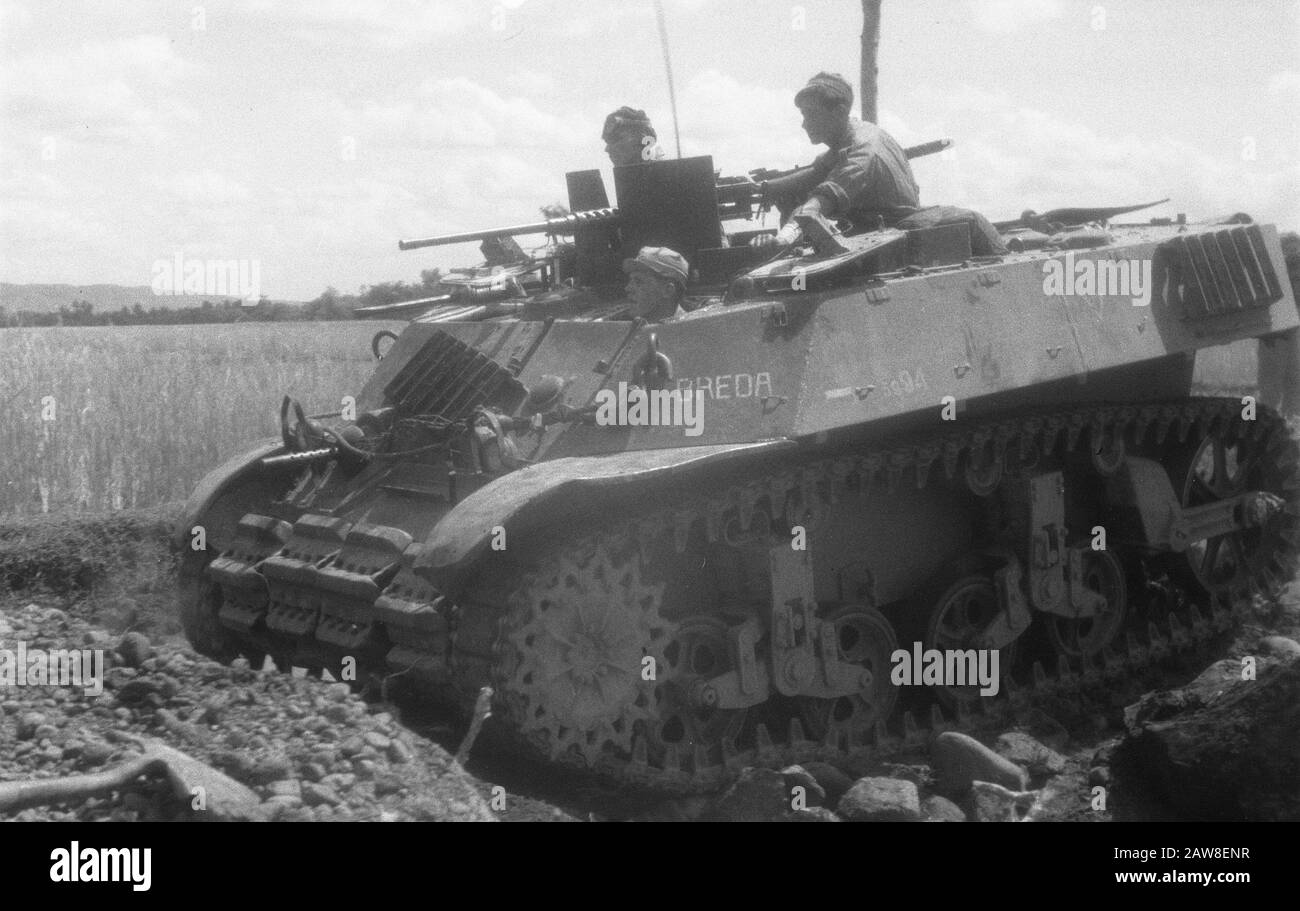

/GettyImages-615312828-1c05265abb994a3c89cc63da0199a964.jpg)

